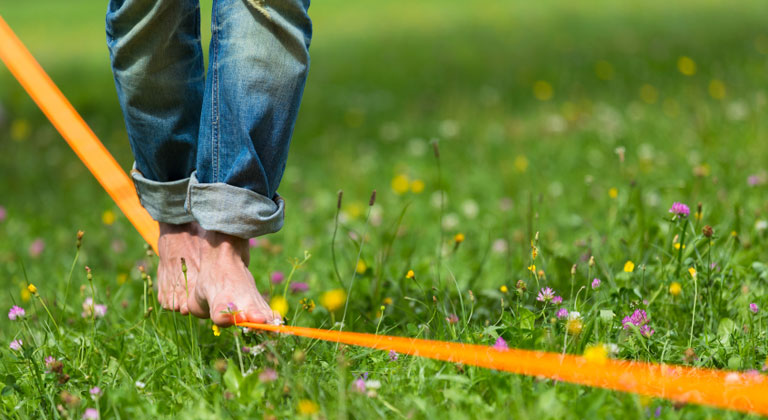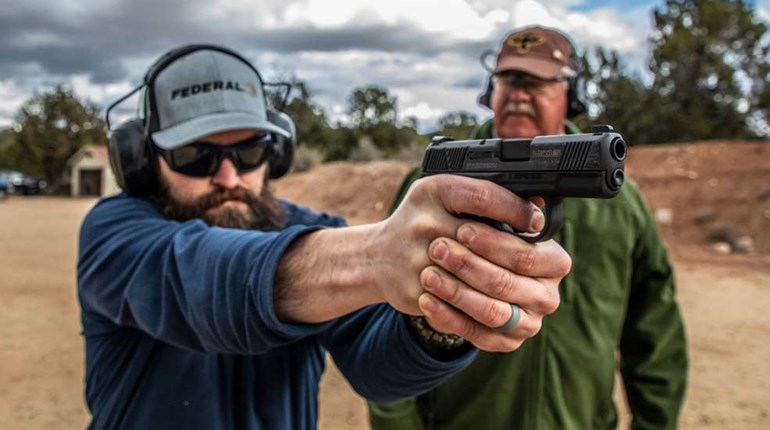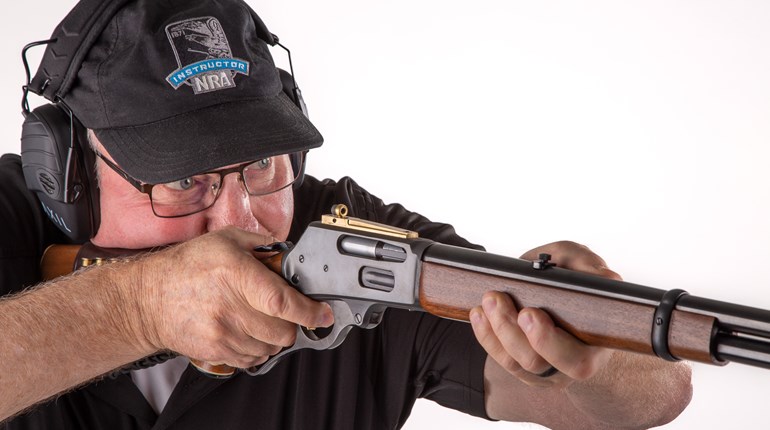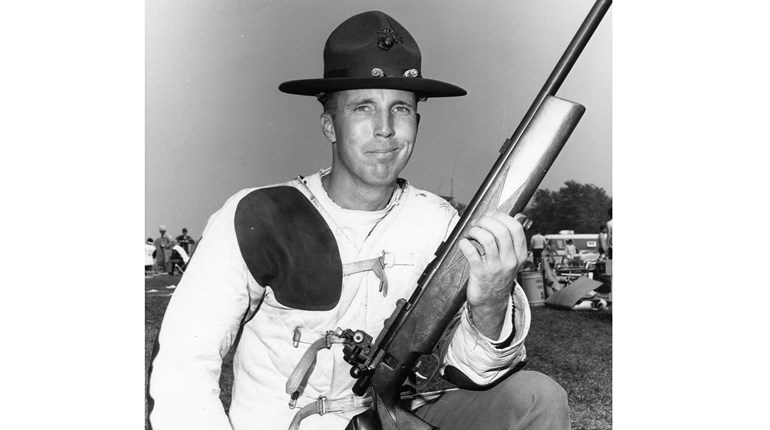
The NRA elements of a good shooting position are consistency, balance, support, natural point of aim and comfort. (For competitive shooters, a position must be legal as well.) In this article, we'll discuss the importance of balance.
If a shooter’s position lacks good balance, the shooter will expend effort attempting to maintain balance at the expense of attention to the fundamentals. The result will be poor shooting. To develop an appreciation of the importance of balance, an instructor should introduce shooters to what contributes to the body’s balance before complicating things by adding a firearm. Adding a firearm comes later.
A person’s sense of balance is created by eyesight and by the workings of the structures of the inner ear. Try the following exercise, which will test to see if you have trouble keeping your balance with your eyes closed. Move to a level area where your body is not touching anything but the floor. Stand with your feet together, head held straight and eyes closed. Breathe slowly and try to relax. Think to yourself about how your muscles feel, and whether it feels as if you are moving. Slowly lower your chin to your chest, keeping your eyes closed, then think about whether it feels as if your whole body is moving. Raise your head, think about your body response, then remember it. Next, try tilting your head to the right side of your body, then return to a straight and level position.
What this will show you is that where your head goes, your body tends to follow. Your eyes also help you maintain your balance. Think about how good your balance is when you try to walk with your eyes closed, or when you try to walk in complete darkness. The head position that always feels steadiest is when your head is straight up and level. The second easiest is when your chin is on your chest. In this position, your head is still level from side to side, even though your chin is lowered as it would be in a shooting position.
Where are we going with this? We want you to see that your inner ear affects your balance, and that keeping your head position level is essential to a well-balanced position.
While you’re shooting, try to imagine a restraint that prevents you from tilting your head to the side, but allows you to tilt your head forward and rearward to accommodate the different shooting positions. Keeping your head level reduces the movement of your whole body!
Another key point is to always bring your firearm to the level of your shooting eye. Examples of this would include raising a pistol to eye level, head erect; and placing the buttstock of a long gun high enough on your shoulder to keep your head erect. If you must lower your head, tilt your chin straight forward against the stock to ensure that your head remains level side-to-side.







































